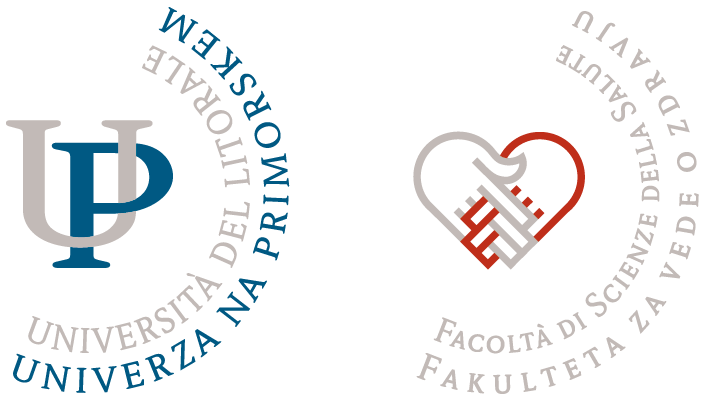Content
- Lectures: 12 hours
- Exercises 48 hours
- Independent work: 120 hours
Subject carrier
Description
History of dance Methodology of social and ballroom dance according to the
educational teaching period Methodology of children’s dances in relation to the
educational teaching period (based on contemporary dance / Laban) Basic of
methodology of teaching ballet Methodology of folk dances according to the
educational teaching period Selected theories of learning and teaching in the
context of dance training. Teaching and learning styles in the context of dance
training. Feedback, evaluation and assessment; learning outcomes and assessment
criteria. Distinctiveness of dance training in relation to the child’s cognitive
development. The role of the teacher in teacher/learner interactions Autocratic
and non-autocratic approach in teaching – historical sources. Elaboration of the
integrative model of dance education (‘Midway model’) according to Smith-Autard
in dance, after the principle creating– performing– appreciating. Dichotomy of
training/education; practical/theoretical knowledge, objective/subjective
evaluation. Code of Conduct for dance teachers. Social and
cognitive aspects of learning which affect dance teaching
Motivation, differentiation, inclusivity Motor learning and self-control –
implications on dance training and performance. Safe practice (intrinsic and
extrinsic factors – anatomical, psychological, emotional, technical and spatial
elements; basic material conditions for a safe implementation of a dance class;
working environment; equipment) The concept of a healthy dancer
(the role of nutrition and hydration; growth and its implication on training;
somatic types and implications on training; dance screening and injury
prevention) The structure and organisation of teaching a dance class
(short-term, mid-term and long-term plans); gradual and developmental delivery
of the teaching program Observation and teaching practice

